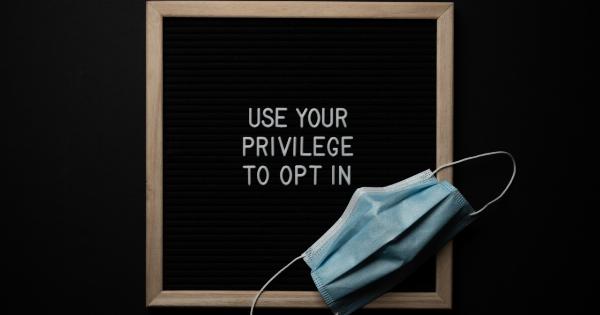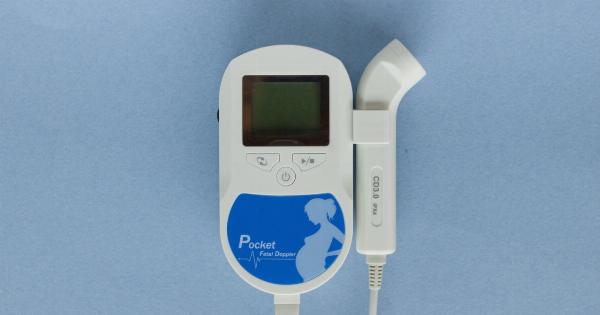Elective caesarean delivery, also known as elective c-section or cesarean section, is a surgical procedure where a baby is delivered through an incision in the mother’s abdomen and uterus.
Unlike emergency c-sections which are performed due to medical reasons, elective c-sections are planned in advance without any medical necessity. The decision to have an elective caesarean delivery is a personal choice made by the mother, often based on various factors such as convenience, fear of labor pain, or previous negative birth experiences.
The Rise of Elective Caesarean Deliveries
In recent years, elective caesarean deliveries have become increasingly common, with many women opting for this method of delivery. The reasons for this trend are multifaceted and vary from one individual to another.
Some women choose elective c-sections to have more control over the birth process, while others may have medical conditions or previous surgical procedures that make a vaginal delivery more risky. The convenience of scheduling the delivery date and avoiding the uncertainty and potential complications of labor are also factors that influence this choice.
Maternal Safety
One of the primary concerns surrounding elective caesarean deliveries is the safety of the mother. While c-sections are generally considered safe, they do carry a higher risk of complications compared to vaginal deliveries.
The surgical nature of the procedure increases the chances of infection, blood loss, and blood clots. Additionally, the recovery period after a c-section is typically longer and more challenging compared to vaginal birth.
However, it is important to note that elective caesarean deliveries are performed in controlled settings with an experienced surgical team. This helps minimize the risks associated with the procedure.
Preoperative assessments and screenings are conducted to ensure the mother is in good health and suitable for surgery. The advancements in medical technology and anesthesia techniques have also significantly improved the safety of elective c-sections.
Fetal Safety
Another aspect to consider when discussing elective caesarean deliveries is the safety of the baby. Some studies suggest that babies born via elective c-sections have a higher risk of respiratory issues compared to those born vaginally.
This is because during vaginal birth, the squeezing motion of the birth canal helps expel fluid from the baby’s lungs, reducing the chances of respiratory complications. However, advancements in neonatal care have minimized these risks, and the overall difference in outcomes between vaginal and elective caesarean births is relatively small.
Risks and Benefits
When making the decision to have an elective caesarean delivery, it is essential to weigh the risks and benefits. On one hand, elective c-sections offer a sense of control and predictability for the mother.
They can alleviate anxiety and fear related to labor, especially for women who have had traumatic birth experiences previously. It also allows for planning ahead, especially for situations where the mother’s participation in a specific event or an important family occasion is desired.
On the other hand, elective caesarean deliveries have several potential risks and disadvantages. The recovery period after surgery is longer, and the mother may experience more pain and discomfort compared to a vaginal birth.
There is also a risk of surgical complications and maternal infections. Additionally, future pregnancies may be affected, as multiple c-sections increase the chances of uterine scar tissue formation, which can lead to complications in subsequent pregnancies.
Medical Necessity vs. Personal Choice
It is crucial to differentiate between elective caesarean deliveries chosen for convenience or personal preference and those performed for medical reasons.
In cases where a vaginal delivery poses a significant risk to the mother or baby’s health, a c-section may be the safest option. Medical indications for a caesarean delivery include breech presentation, placenta previa (placenta covering the cervix), certain fetal abnormalities, or maternal health conditions like preeclampsia.
While elective caesarean deliveries are generally considered safe for both mother and baby, they should not be taken lightly.
It is essential to have open and honest conversations with healthcare providers to discuss the risks, benefits, and individual circumstances that may influence the decision. Shared decision-making between the mother and medical professionals is crucial to ensure the best possible outcome for both mother and baby.
The Conclusion
Elective caesarean delivery is a topic that sparks debates and discussions among healthcare professionals, expectant mothers, and society at large.
While the safety of both mother and baby is paramount, the decision ultimately rests with the mother’s well-informed choice, weighing the risks and benefits. Elective c-sections should be performed in appropriate medical settings by experienced healthcare providers to minimize the associated risks.
It is crucial to remember that every pregnancy is unique, and what works for one woman may not be the best choice for another.































